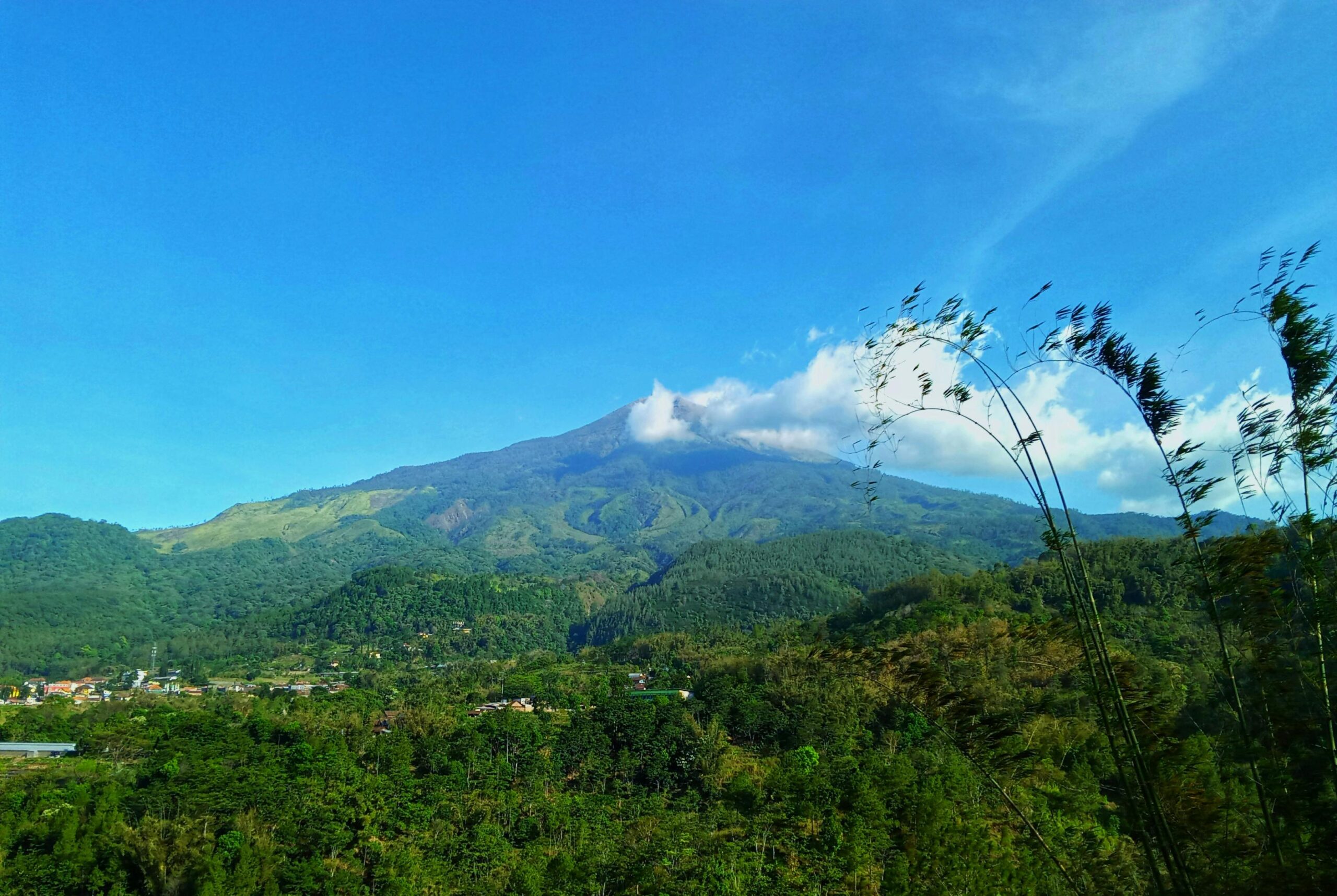Mountain agriculture faces unique challenges and opportunities due to its rugged terrain, variable climate, and often limited accessibility. Sustainable practices in these regions are crucial to ensure environmental health, economic viability, and social equity. Here, Business Intelligence (BI) plays a pivotal role, helping farmers and policymakers make informed decisions that promote long-term sustainability. By using BI tools and technologies, sustainable mountain agriculture can not only improve yields but also manage resources more effectively and adapt to changing environmental conditions.
In this article, we’ll delve into how BI can support sustainable mountain agriculture, examining key areas where data-driven insights can lead to more resilient farming practices. From soil health and crop management to resource conservation and climate adaptation, BI provides the analytics necessary to create sustainable agricultural strategies.
The Role of BI in Sustainable Mountain Agriculture
Sustainable agriculture in mountain regions requires an approach that balances productivity with environmental stewardship. Business Intelligence empowers stakeholders to gather, analyze, and interpret data on critical aspects of agriculture in these regions, supporting decisions that enhance sustainability.
BI-Driven Soil Health Management
Soil health is fundamental to agriculture, and in mountainous regions, it often varies dramatically due to altitude, slope, and exposure. BI tools enable farmers to analyze soil properties more precisely, helping to tailor farming practices that prevent erosion and nutrient depletion. By assessing soil conditions and tracking changes over time, BI can identify trends that lead to proactive soil management strategies.
BI can integrate data from soil sensors, historical agricultural records, and satellite imagery to predict how different soil types respond to various farming methods. For example, with BI, a farmer might identify that certain crop types are more suited to specific soil compositions, thereby optimizing land use and reducing soil degradation.
Climate Adaptation in Mountain Agriculture Through BI
Mountain regions are particularly vulnerable to climate change, facing threats like increased droughts, erratic rainfall, and temperature fluctuations. BI plays a crucial role in helping farmers adapt to these changes by providing real-time and predictive analytics based on weather patterns. By forecasting climate impacts, BI allows for more resilient crop planning and adaptive farming methods that minimize crop losses.
BI tools can also support climate-smart agriculture practices such as agroforestry, contour farming, and precision irrigation. For example, if a BI system predicts a drought season, farmers can plan to use drought-resistant crops and optimize irrigation schedules, conserving water resources. Additionally, BI allows for the tracking of greenhouse gas emissions, helping mountain agriculture meet sustainability standards.
Efficient Water Management Using BI in Mountain Agriculture
Water is a precious resource in mountainous areas, and managing it sustainably is essential. Business Intelligence enables farmers to optimize water use by monitoring water levels, precipitation patterns, and crop water needs. BI-driven systems can recommend the best times for irrigation, minimizing water waste and maximizing crop hydration.
By using BI to analyze water usage data, farmers can adopt practices such as drip irrigation and rainwater harvesting, which are particularly effective in mountainous regions. Furthermore, BI can integrate weather forecasts and soil moisture data, helping farmers decide when to water and how much, ensuring that water resources are used efficiently and sustainably.
Crop Yield Optimization with BI Analytics
BI supports sustainable mountain agriculture by helping farmers maximize crop yields in challenging conditions. Through data collection and analysis, BI systems provide insights into crop health, pest presence, and yield potential. By leveraging these insights, farmers can choose crops that perform well in mountain environments, thus increasing productivity without compromising environmental sustainability.
BI analytics can also track the success of different crop varieties in various microclimates. For instance, BI might show that certain grains perform better at higher altitudes, while vegetables thrive at lower elevations. This information helps farmers plan crop rotation, manage soil fertility, and reduce pesticide use, fostering sustainable agricultural practices.
Resource Conservation with BI in Mountain Agriculture
Resource conservation is critical for sustainable agriculture, especially in mountainous areas where resources are often limited. BI tools can track and manage the use of fertilizers, pesticides, and energy, minimizing waste and reducing environmental impact. By analyzing data on resource consumption, BI helps farmers make smarter decisions on input use, conserving resources while maintaining productivity.
Moreover, BI facilitates precision farming techniques, which allow for the targeted application of inputs based on real-time data, reducing overuse. For example, instead of applying fertilizer across an entire field, BI systems can determine specific areas that require additional nutrients, resulting in lower input costs and a reduced environmental footprint.
Promoting Biodiversity Through BI Analytics
Biodiversity is a crucial aspect of sustainability, and mountain ecosystems are rich in diverse plant and animal life. Business Intelligence helps support biodiversity in agricultural areas by analyzing data on native species, pest populations, and plant health. By using BI to monitor biodiversity, farmers can implement practices that protect native flora and fauna, reducing the impact of agriculture on the surrounding ecosystem.
For example, BI data can reveal which crops attract beneficial insects, promoting natural pest control and reducing the need for chemical pesticides. Furthermore, BI can track the impact of farming activities on wildlife, allowing for adjustments that preserve the natural ecosystem.
The Economic Benefits of BI in Sustainable Mountain Agriculture
BI not only aids environmental sustainability but also provides economic advantages for mountain agriculture. By optimizing crop yields, improving resource efficiency, and reducing costs, BI helps farmers achieve higher profitability. Furthermore, the insights gained from BI can open up access to premium markets that value sustainable practices, such as organic and fair-trade products.
Moreover, governments and organizations can use BI data to support sustainable agriculture initiatives. For instance, BI can help identify areas where investment is needed to improve infrastructure, such as irrigation systems, that are critical for sustainable farming in mountain areas.
Conclusion
The role of BI in sustainable mountain agriculture is transformative, providing data-driven solutions that promote environmental, economic, and social sustainability. By optimizing soil health, adapting to climate change, managing water resources, and conserving biodiversity, BI empowers farmers to make informed decisions that enhance the resilience of mountain agriculture.
As climate and resource challenges intensify, BI will continue to play an essential role in helping mountain communities achieve sustainable agricultural practices. The integration of BI in these regions not only supports local food security but also contributes to the global goal of sustainable development. By embracing BI, mountain agriculture can thrive in harmony with nature, setting an example of how technology can drive positive change in challenging environments.
FAQs
What is the role of BI in sustainable mountain agriculture?
BI helps in managing resources efficiently, adapting to climate changes, optimizing crop yields, and conserving biodiversity. Through data-driven insights, it allows for informed decisions that enhance sustainability in mountain farming.
How does BI support water management in mountain agriculture?
BI tools help monitor water levels, analyze precipitation patterns, and recommend irrigation schedules, promoting efficient water use. This is especially important in mountainous regions where water resources are limited.
Can BI improve crop yields in mountain regions?
Yes, BI analytics track crop health, soil conditions, and pest presence, helping farmers select crops suited to mountain environments and manage resources more effectively, thereby optimizing yields.
How does BI contribute to soil conservation?
BI provides insights into soil health and erosion risks, allowing farmers to adopt sustainable soil management practices. It helps in monitoring soil conditions and identifying suitable crops, minimizing soil degradation.
What are the economic benefits of BI in sustainable mountain agriculture?
By increasing resource efficiency, optimizing yields, and reducing costs, BI enhances profitability for farmers. Additionally, BI insights can help farmers access premium markets that value sustainability, offering economic incentives for sustainable practices.



